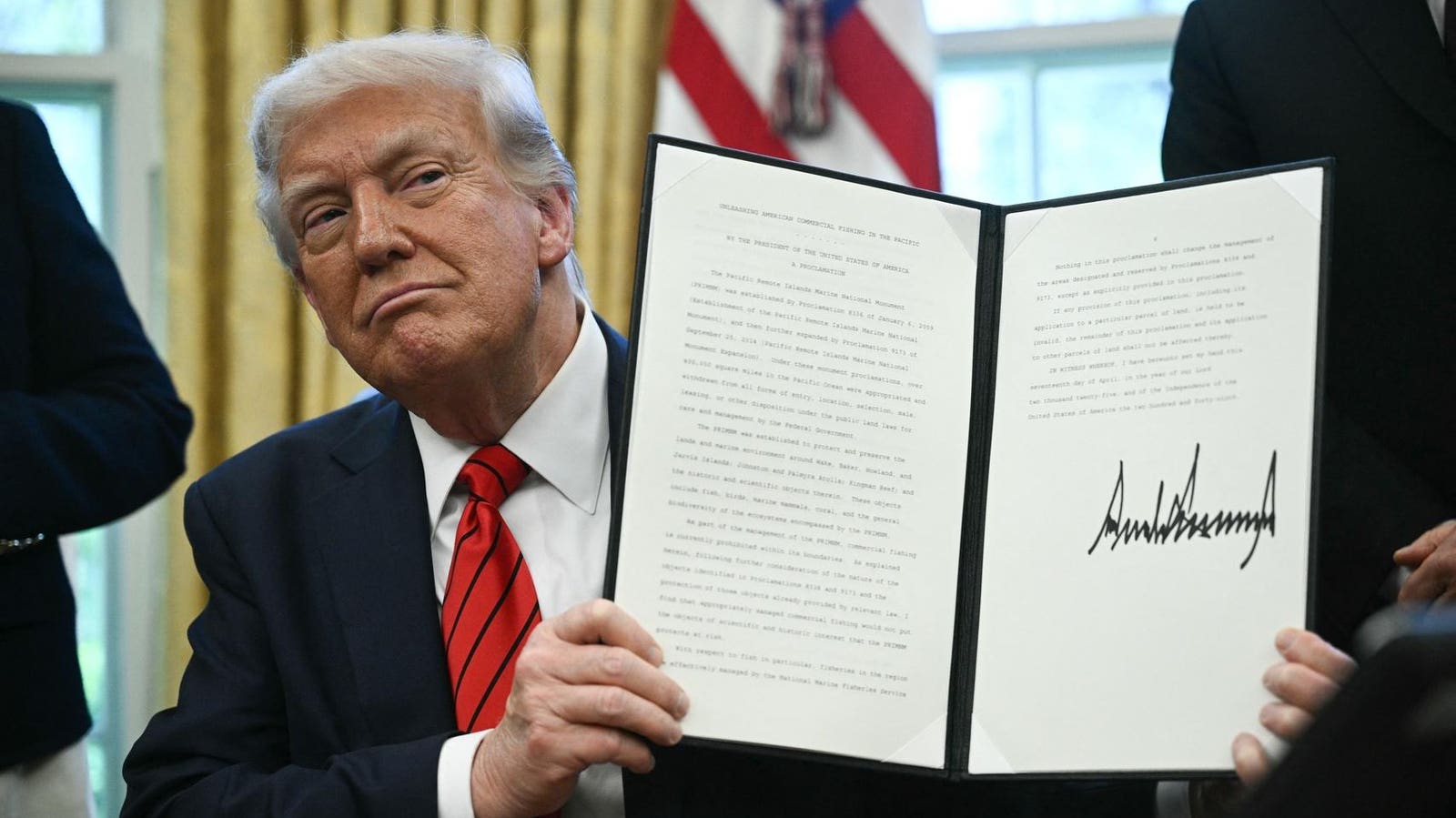Student Loan Forgiveness at Risk Under Trump: A Comprehensive Analysis
The promise of student loan forgiveness has been a significant talking point in recent years, offering a lifeline to millions burdened by student debt. However, the landscape of student loan relief shifted considerably under the Trump administration, casting doubt on the future of these programs. This in-depth analysis explores the challenges faced by borrowers during this period, examines the policies implemented, and assesses the potential ramifications for the future of student loan forgiveness.
The Trump Administration's Stance on Student Loan Forgiveness
The Trump administration's approach to student loan forgiveness was characterized by skepticism and a preference for market-based solutions. While not outright rejecting the concept, the administration actively sought to limit the scope and expansion of existing forgiveness programs. This was reflected in several key policy decisions:
Reduced Emphasis on Income-Driven Repayment (IDR) Plans:
IDR plans, designed to make monthly payments more manageable based on income, are crucial for borrowers seeking eventual loan forgiveness. The Trump administration showed limited enthusiasm for expanding access to these plans or streamlining the application process. This hindered the progress of many borrowers towards loan forgiveness.
Increased Scrutiny of Public Service Loan Forgiveness (PSLF):
The PSLF program, designed to forgive loans for public servants after 10 years of qualifying payments, faced significant challenges under the Trump administration. Stringent eligibility requirements and a complex application process led to high rejection rates, leaving many public servants disillusioned and burdened with debt. The administration’s emphasis on stricter adherence to program guidelines further complicated the process.
Limited Expansion of Loan Forgiveness Programs:
Proposals for broader student loan forgiveness initiatives were consistently met with resistance from the Trump administration. Arguments against widespread forgiveness often centered on the financial burden it would place on taxpayers and concerns about its impact on the broader economy.
The Impact on Borrowers
The policies implemented under the Trump administration had a significant impact on millions of student loan borrowers. Many who relied on IDR plans or the PSLF program found themselves facing unexpected obstacles and delays in achieving loan forgiveness. The uncertainty surrounding the future of these programs created significant financial stress and anxiety for borrowers already struggling with debt.
Increased Delinquency and Default Rates:
The combination of stricter eligibility requirements, limited access to IDR plans, and a lack of clarity regarding forgiveness programs contributed to rising delinquency and default rates among student loan borrowers. This had a detrimental effect on individuals' credit scores and overall financial well-being.
Long-Term Implications
The Trump administration's approach to student loan forgiveness left a lasting mark on the debate surrounding student debt relief. The increased skepticism toward broad forgiveness programs and the tightening of existing programs shaped the discourse and influenced subsequent policy discussions. The long-term implications include:
- Increased Scrutiny of Future Forgiveness Initiatives: The challenges experienced under the Trump administration will likely lead to greater scrutiny and stricter requirements for any future student loan forgiveness programs.
- Heightened Focus on Prevention: The difficulties faced by borrowers may lead to a greater emphasis on preventative measures, such as promoting financial literacy and providing more comprehensive counseling to prospective students.
- Continued Debate on the Economic Impact of Forgiveness: The ongoing debate surrounding the economic implications of large-scale student loan forgiveness will continue to shape policy discussions.
Conclusion: Navigating the Uncertain Future of Student Loan Forgiveness
The Trump administration's policies significantly impacted the landscape of student loan forgiveness, creating uncertainty and hardship for many borrowers. While the future of these programs remains subject to ongoing political and economic considerations, understanding the challenges faced during this period is crucial for navigating the complex realities of student debt relief. Advocacy for borrowers, improved transparency in program requirements, and a broader national conversation on the affordability of higher education remain critical for addressing this significant issue.
